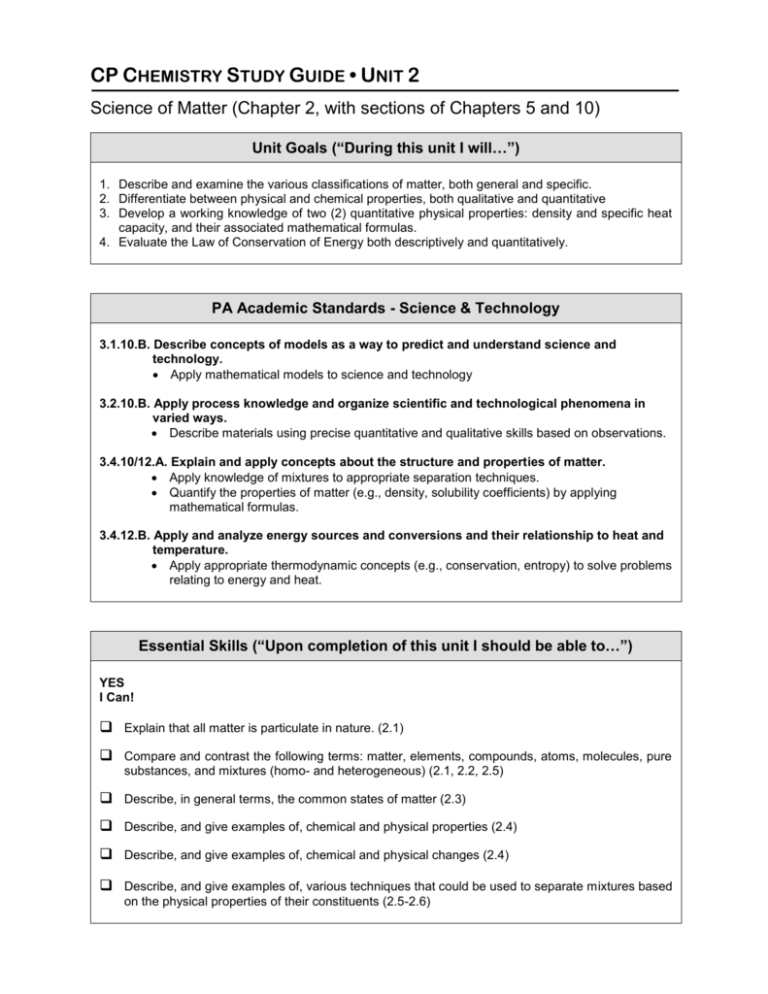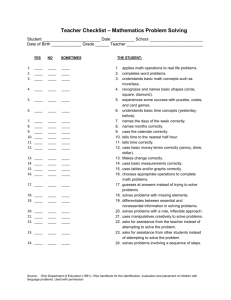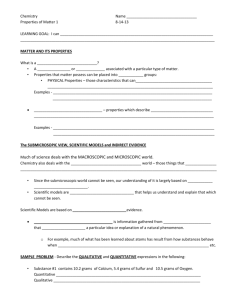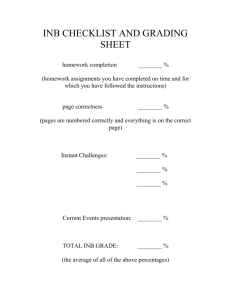CP CHEMISTRY STUDY GUIDE
advertisement

CP CHEMISTRY STUDY GUIDE • UNIT 2 Science of Matter (Chapter 2, with sections of Chapters 5 and 10) Unit Goals (“During this unit I will…”) 1. Describe and examine the various classifications of matter, both general and specific. 2. Differentiate between physical and chemical properties, both qualitative and quantitative 3. Develop a working knowledge of two (2) quantitative physical properties: density and specific heat capacity, and their associated mathematical formulas. 4. Evaluate the Law of Conservation of Energy both descriptively and quantitatively. PA Academic Standards - Science & Technology 3.1.10.B. Describe concepts of models as a way to predict and understand science and technology. Apply mathematical models to science and technology 3.2.10.B. Apply process knowledge and organize scientific and technological phenomena in varied ways. Describe materials using precise quantitative and qualitative skills based on observations. 3.4.10/12.A. Explain and apply concepts about the structure and properties of matter. Apply knowledge of mixtures to appropriate separation techniques. Quantify the properties of matter (e.g., density, solubility coefficients) by applying mathematical formulas. 3.4.12.B. Apply and analyze energy sources and conversions and their relationship to heat and temperature. Apply appropriate thermodynamic concepts (e.g., conservation, entropy) to solve problems relating to energy and heat. Essential Skills (“Upon completion of this unit I should be able to…”) YES I Can! Explain that all matter is particulate in nature. (2.1) Compare and contrast the following terms: matter, elements, compounds, atoms, molecules, pure substances, and mixtures (homo- and heterogeneous) (2.1, 2.2, 2.5) Describe, in general terms, the common states of matter (2.3) Describe, and give examples of, chemical and physical properties (2.4) Describe, and give examples of, chemical and physical changes (2.4) Describe, and give examples of, various techniques that could be used to separate mixtures based on the physical properties of their constituents (2.5-2.6) Essential Skills (“Upon completion of this unit I should be able to…”) YES I Can! Correctly complete any of the “blue” numbered questions on pp. 44-45 Describe, both verbally and mathematically, the concept of density (5.8) Algebraically re-arrange the density formula to solve for any of its three variables (5.8) Correctly calculate the density of an object, given appropriate data, to the correct number of SigDigs (5.8) Correctly identify substances based on their density value (5.8) Correctly complete any of the “blue” numbered problems 54-62, p. 151 Describe, both verbally and mathematically, the concept of specific heat capacity (10.5) Algebraically re-arrange the specific heat formula to solve for any of its four variables (10.5) Correctly calculate the specific heat capacity of an object, given appropriate data, to the correct number of SigDigs (5.8) Correctly identify substances based on their specific heat capacity value (10.5) Describe the Law of Conservation of Energy as it applies to a calorimeter. (10.1, 10.6) Correctly complete any of the “blue” numbered problems 23-28, p. 319. FROM LAB(S): Use chemical and/or physical properties to identify substances (Labs 3-6) Use common laboratory equipment and measurements to calculate the density of various objects. (Lab 5) Successfully use a calorimeter to measure the transfer of energy between substances of different temperatures (Lab 6)







